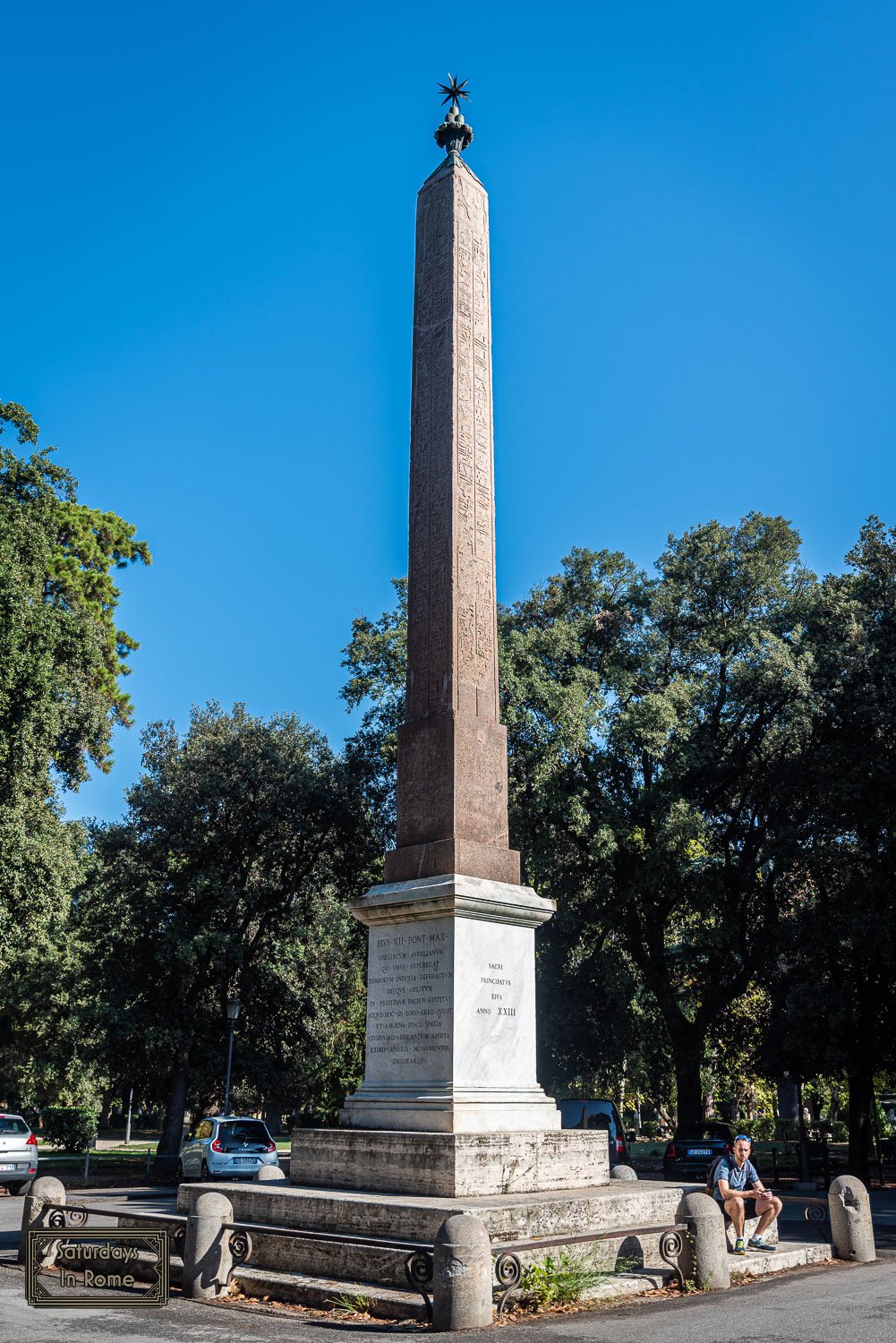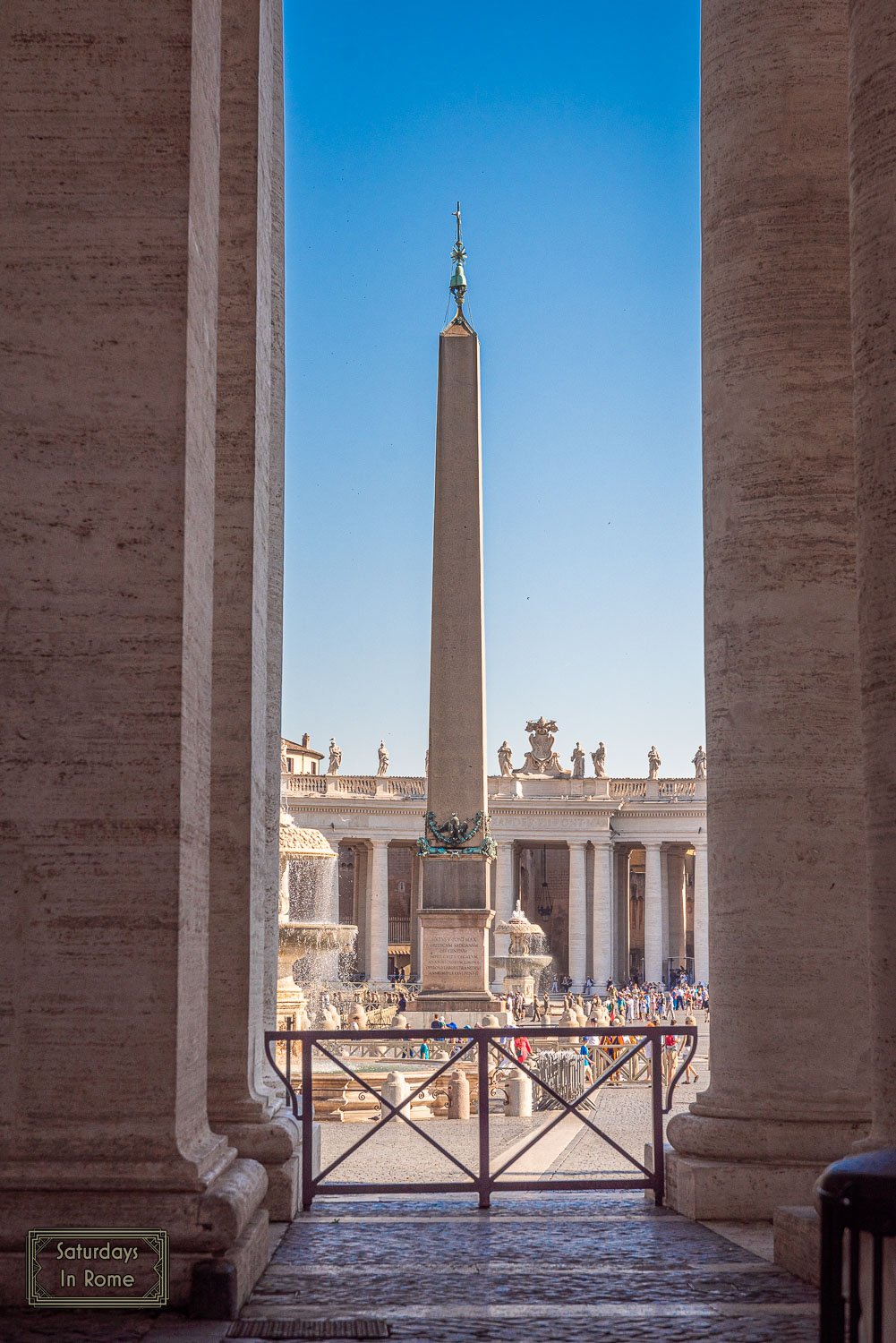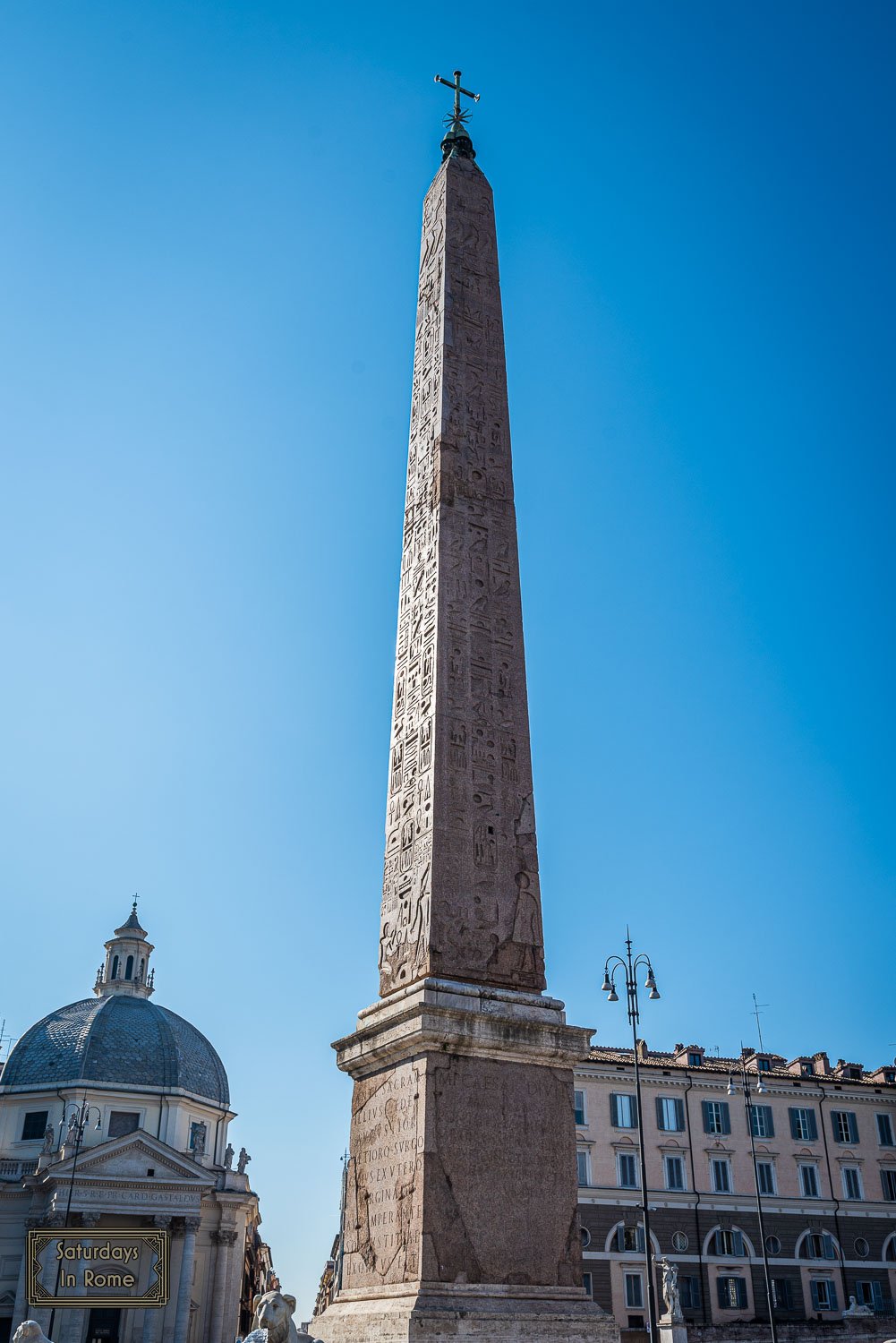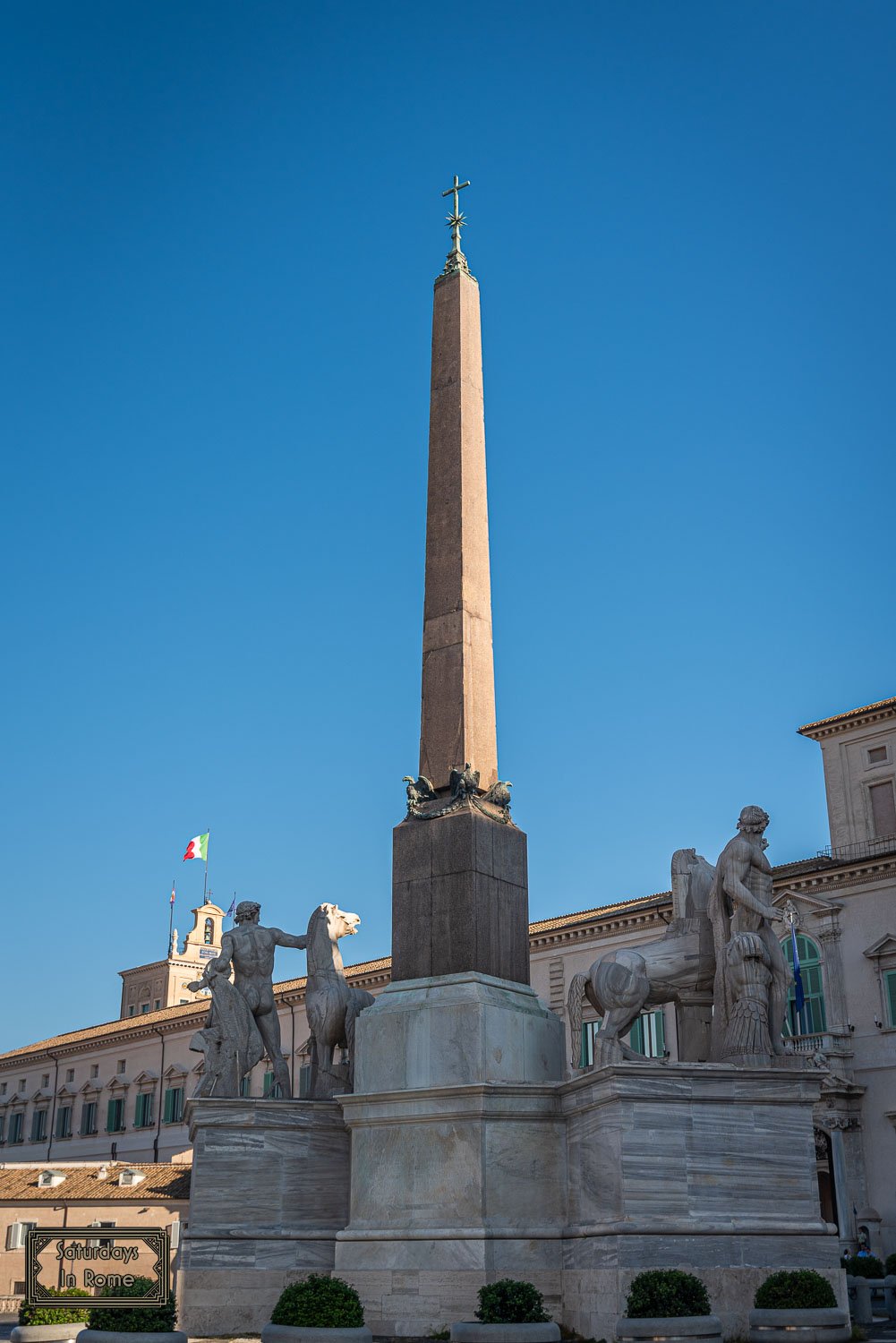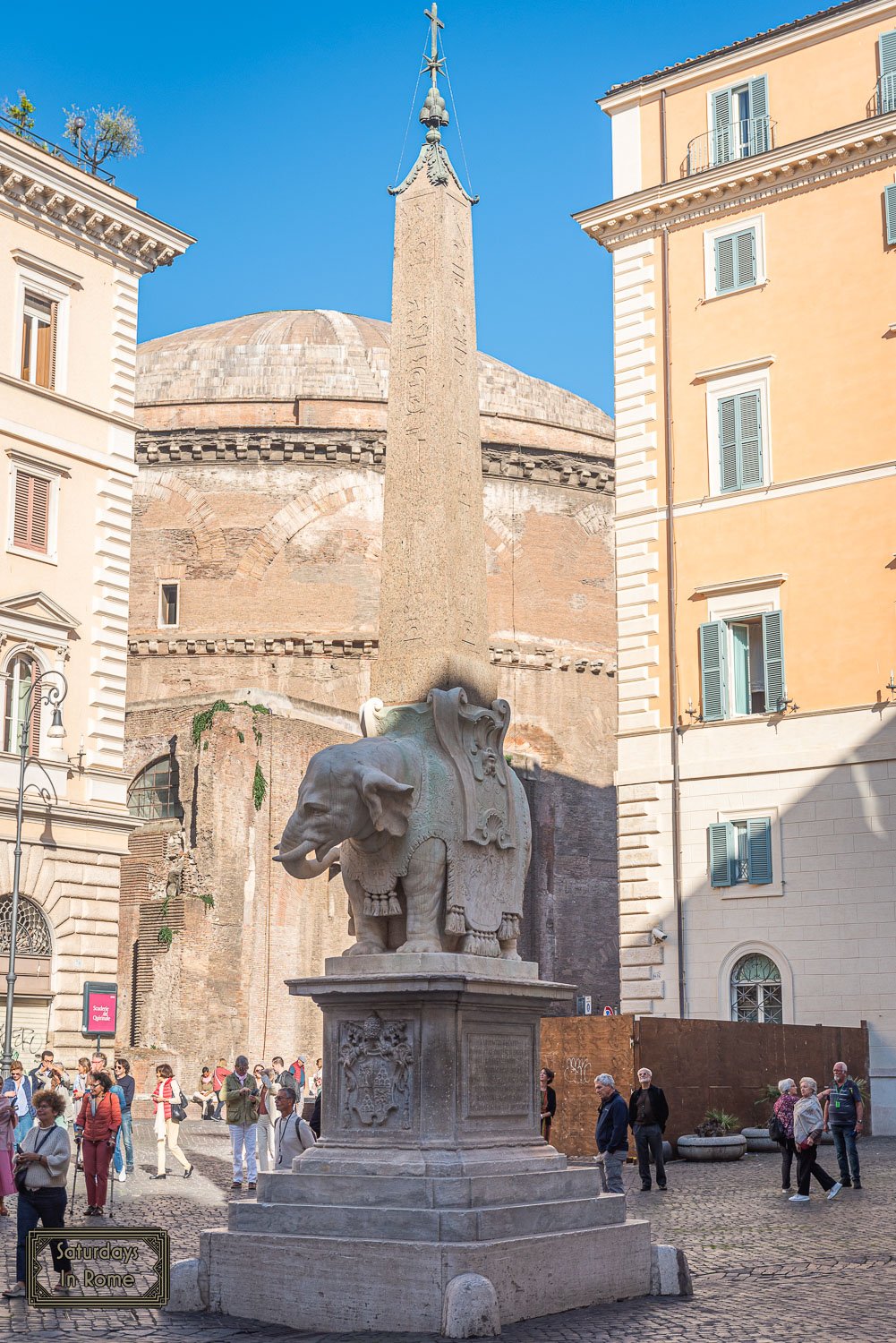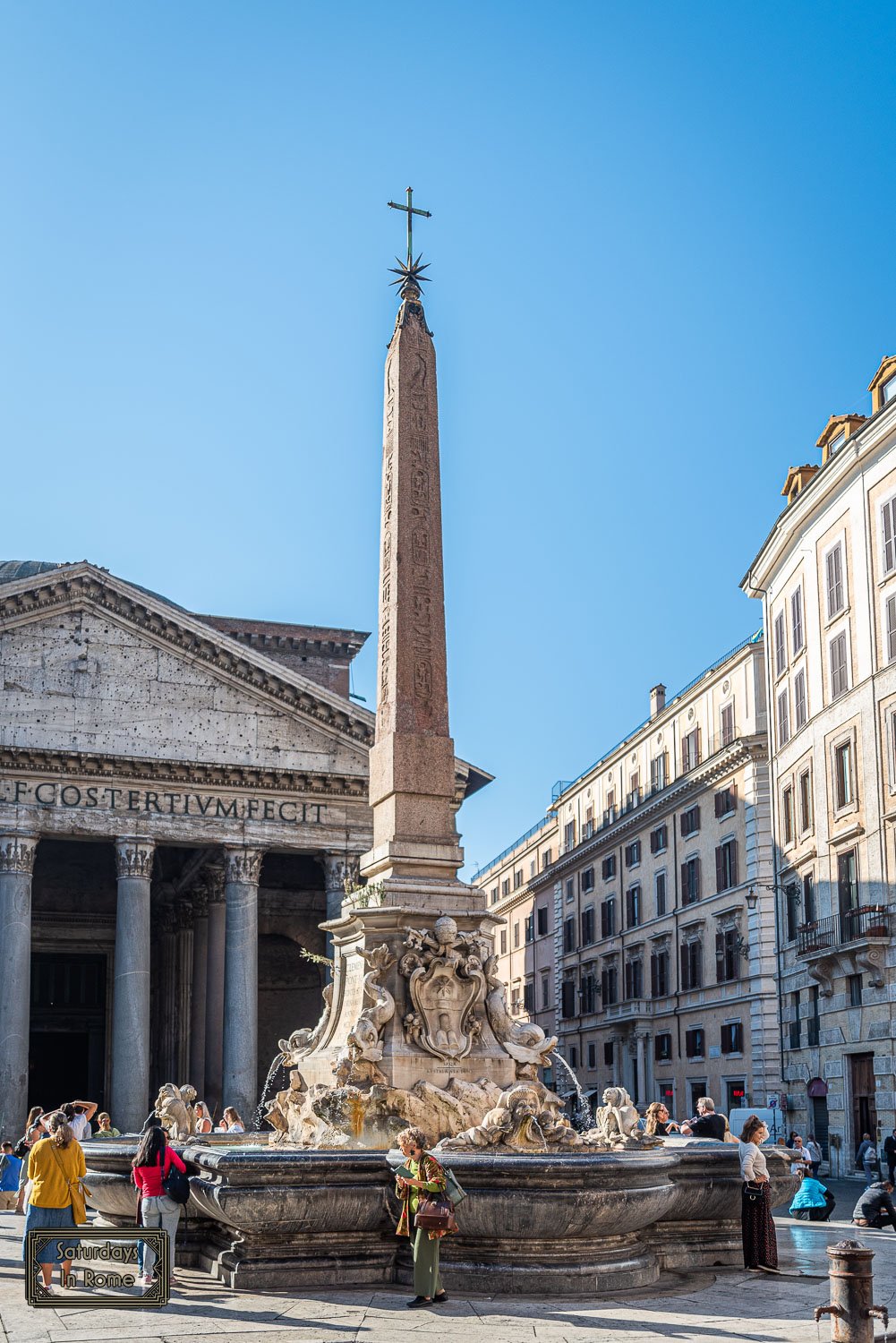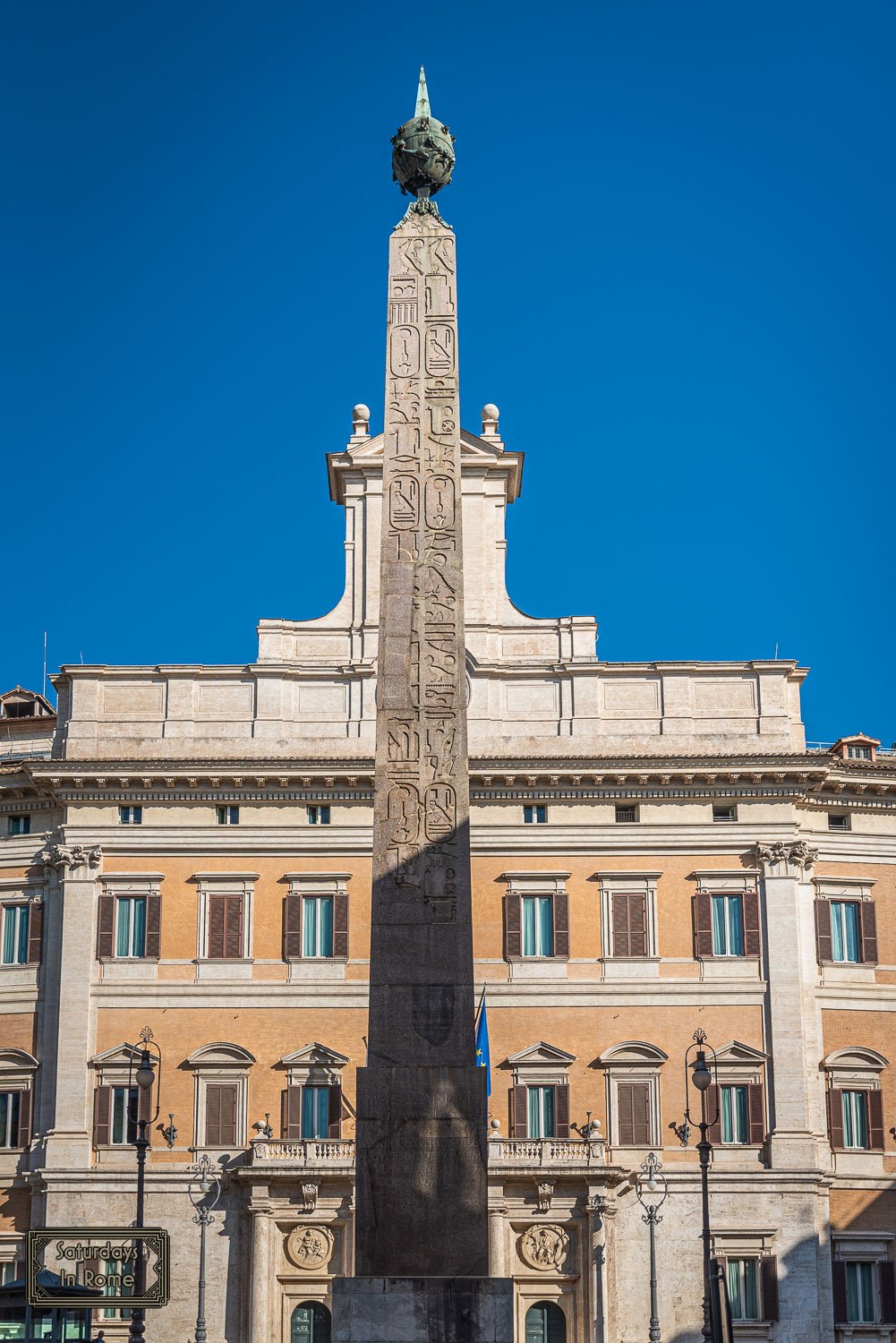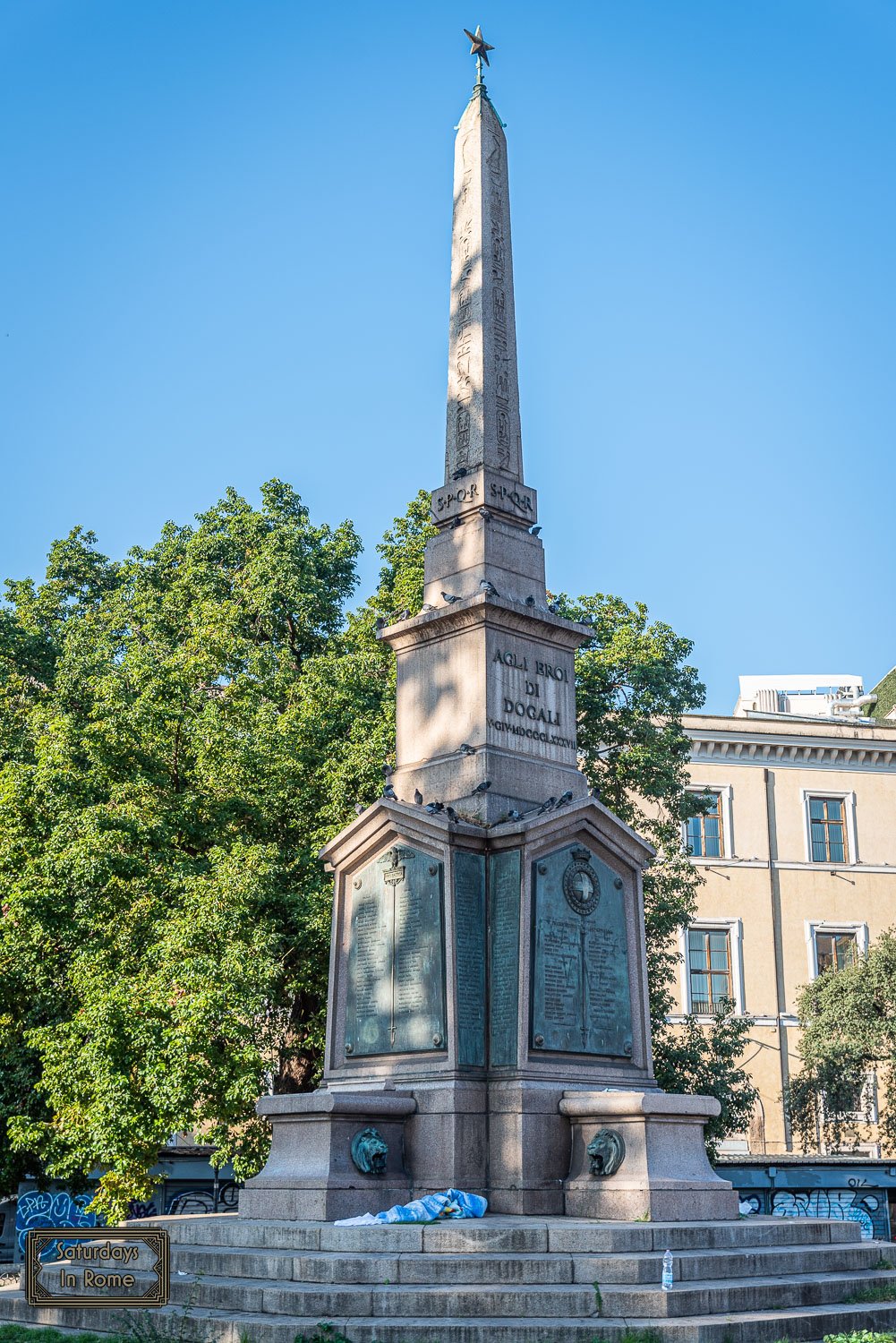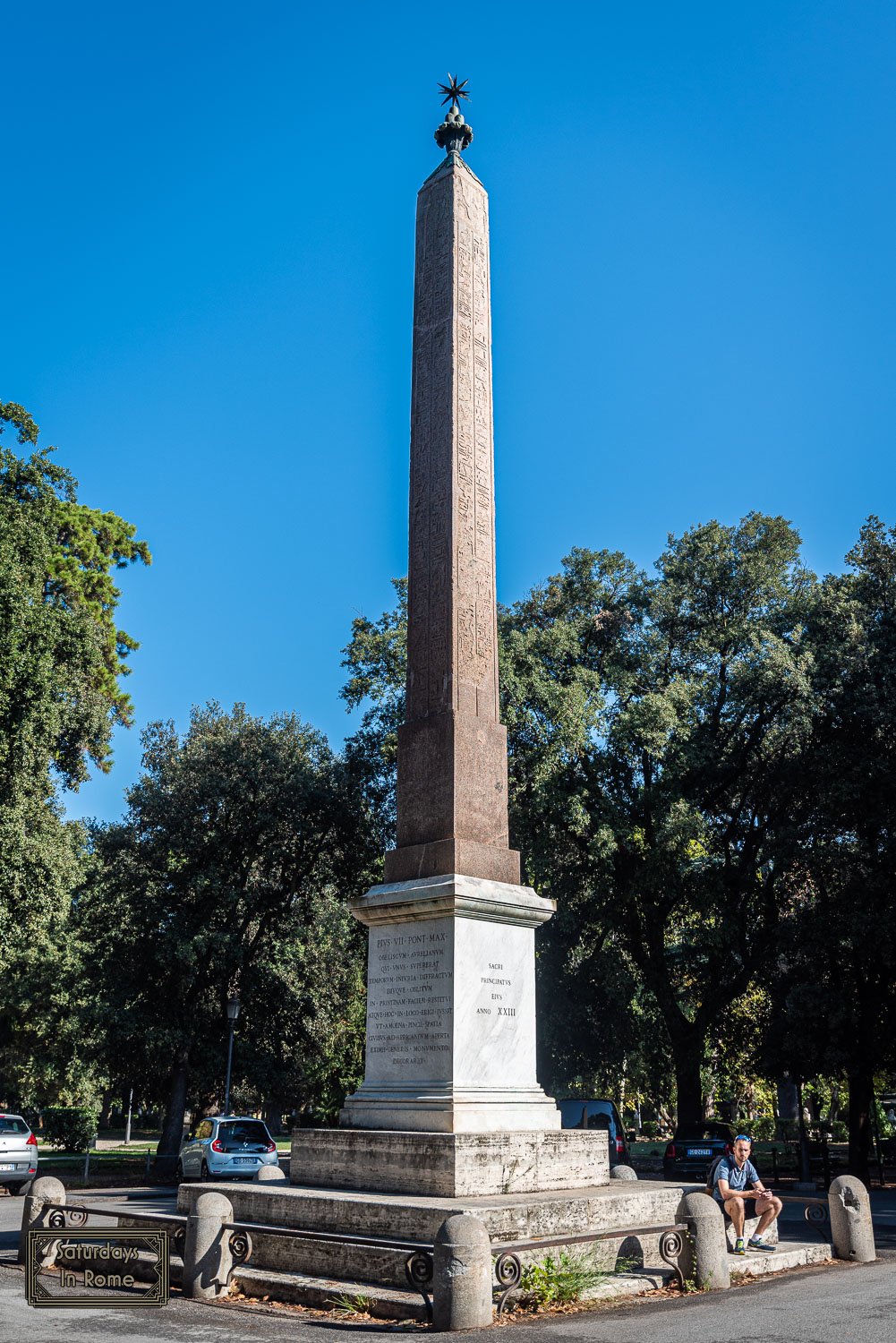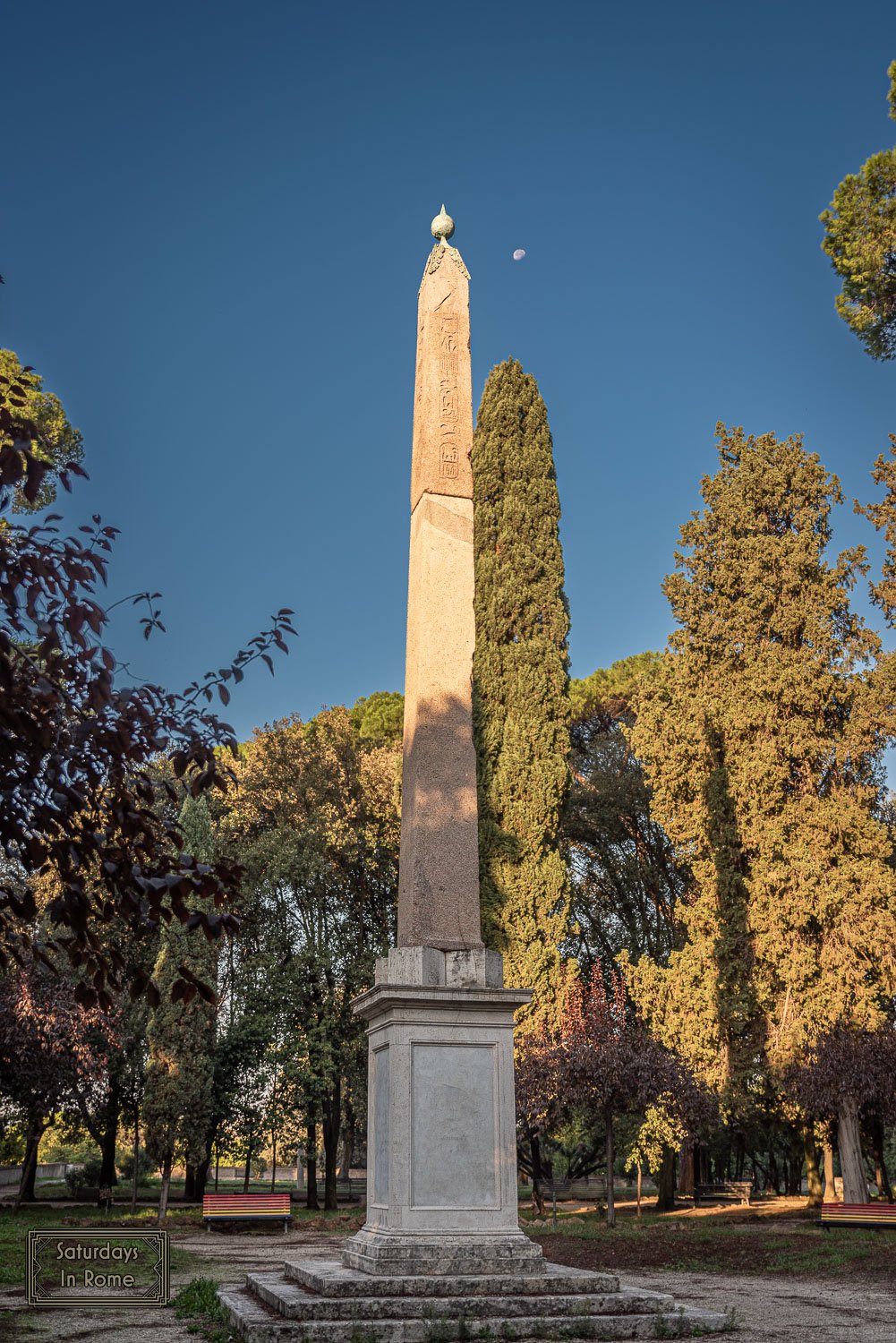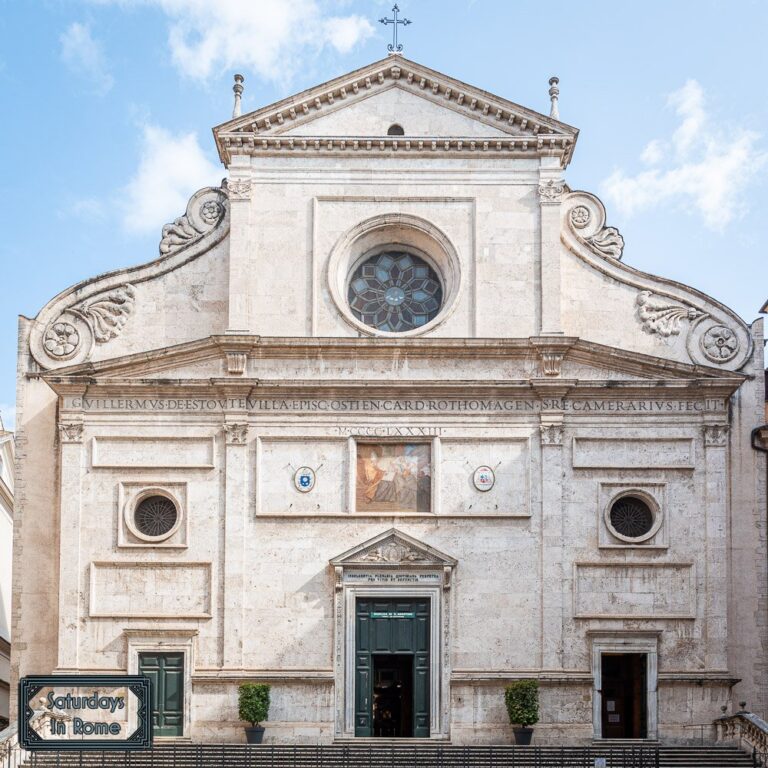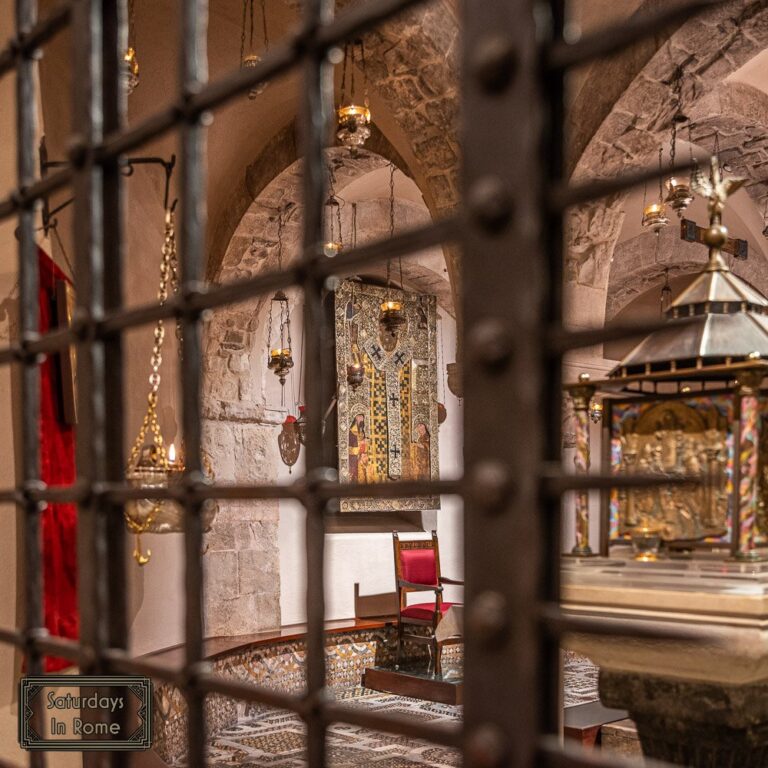Egyptian Obelisks In Rome: All That You Need To Know
The Egyptian obelisks in Rome are more bountiful than anywhere else in the world and this second installment answers all your remaining questions about them.
The Vatican Obelisk
If you missed the first post, you should definitely start there, but if this is where you need to be, please allow me to recap and continue.
Egyptian Obelisks In Rome
As you walk around any of the most popular or religiously significant sites in Rome, you will probably notice the large number of obelisks that are seemingly everywhere. There are more obelisks in Rome than anywhere else in the world, including Egypt, and this might generate a few questions. You might wonder how they got here, if they are real and what they symbolize. Before we get into all that, why don’t we define what an obelisk is:
An obelisk is a four-sided, tapered stone monument that is typically topped with a pyramid. These were built in Egypt, and they are typically adorned with hieroglyphics that would tell some story of a triumph over one’s enemies, or to celebrate the Pharaohs that are currently in power.
Why Are There So Many Egyptian Obelisks In Rome?
They were used as celebrations of victorious battles and were offered as gifts to the leadership of a powerful country. Once they were acquired or built, they were used to decorate stadiums, churches, piazzas and even used as a sun-dial. They were used to show the vastness of the Roman Empire and used more recently to evoke thoughts of its past greatness and victories.
Are The Egyptian Obelisks In Rome Real?
Piazza del Popolo Obelisk
In general, the obelisks are real, but with some exceptions. There are varying degrees of authenticity with these obelisks. For example, the Obelisco di Villa Celimontana is just over 8 feet tall, but it was built on a base of 40 feet, so when you are in its presence, it is remarkable, but you can look and see that the top section (8 feet) looks a little different than the rest. There are also obelisks, like that in Piazza Navona, that were carved out of Egyptian granite, but the hieroglyphs were added by Roman stonecutters.
What Is The Meaning Of The Egyptian Obelisks In Rome?
In their day they evoked celebration, victory, colonization and veneration. They also provide some level of history when they have legible hieroglyphics carved into them, but they certainly need to be taken with a grain of salt. As they say: “History is written by the victors”, so while some historical facts might be learned from these Egyptian obelisks, their objectivity is up for debate.
Should The Obelisks In Rome Be Returned?
Given the modern perspective on colonization and looting of antiquities from Egypt, you may wonder if there is a movement to repatriate these treasures back to their country of origin. It is widely written that Egypt has not asked for the return of their obelisks, but Ethiopia did in fact request the return of The Obelisk of Axum (Aksum). Post World War II there was an agreement in 1947 for Italy to return the obelisk (stele) to Ethiopia, which was looted by Mussolini’s forces as a spoil of war following Italy’s occupation of Ethiopia. The first piece of the 1,700 year old granite obelisk was returned home to Ethiopia 68 years after it was blundered.
The Quirinale Obelisk
The Quirinale Obelisk
This obelisk is in front of the Quirinal Palace, today the official residence of the President of Italy, is almost 50 feet high, and with its base it exceeds 90 feet. It was carved from red Aswan granite from Egypt and the towering structure is flanked by two large statues of horse tamers that are copies of earlier works representing the twin heroes of Greek myth, Castor and Pollux. There are no inscriptions in the obelisk, which suggests that the construction is not as ancient as most of the Egyptian obelisks.
The Bernini Elephant And The Obelisk
This ancient obelisk, the smallest in Rome at nearly 18 feet, is in the Piazza della Minerva near the Pantheon. It is mounted on a marble elephant designed by Lorenzo Bernini, which brings the height to more than 40 feet. This is one of a pair of obelisks, with the other being in Urbino.
Bernini’s Elephant and the Obelisk
I’ve posted before about the vandalism caused by bad tourist behavior in Italy, and this elephant is no exception. In 2016, Police investigated the apparent vandalism of the Elephant and Obelisk statue designed by Gian Lorenzo Bernini in the Piazza della Minerva in Rome. Rome cultural authorities had said that vandals broke off the tip of the elephant’s left tusk, which authorities recovered at the foot of the statue close to the Pantheon.
This is not the first time Bernini was a victim of vandalism. Another Bernini statue, La Barcaccia, the fountain at the bottom of the Spanish Steps, was vandalized by Dutch football fans in 2015.
The Macuteo Obelisk (Obelisco Macuteo)
The Macuteo Obelisk
This obelisk, which is 20.8 feet tall (47.6 feet with base), is covered in hieroglyphics and crowns the graceful fountain in front of the Pantheon in Piazza della Rotonda. Its hieroglyphics are another tribute to Ramses II and his relationship with the sun god.
The Obelisk Of Montecitorio
The Obelisk of Montecitorio
This obelisk, also known as Solare, has a dramatic position in front of the Montecitorio Palace, which today is the Chamber of Deputies. It was brought to Rome by Emperor Augustus and was to be used as a gnomon, which is the part of the sundial that casts a shadow. It is more than 70 feet high, and 111 feet with its base and globe topping.
The Obelisk Of Dogali
During my multiple visits to Rome prior to moving here, I passed by this obelisk with a sense of curiosity, which passed quickly because of my other sense of danger. This is standing in the Giardini Einaudi between Termini Station and Piazza della Repubblica and in the evening it has been home to some of the city’s less fortunate.
The Obelisk of Dogali
A small monolith, more than 17 feet tall, is carved with hieroglyphics glorifying the victories of Ramses II. Somewhat incongruous, The obelisk was incorporated into a memorial for 500 Italian soldiers slain by the Ethiopians at Dogali, Eritrea.
The Pinciano Obelisk (Obelisco del Pincio)
The Pinciano Obelisk
The obelisk is in the main promenade of the Pincio Gardens, in Bucharest Square, very close to the Terrace of Pincio, which overlooks the Piazza del Popolo. It was cut from pink granite and contains a commemorative inscription in hieroglyphics:
“On the south side it is asked that Antinous be assimilated with Osiris, equated with Amon-Ra for the future salvation of Hadrian and as a prize granted to the emperor, who built this obelisk.”
The Obelisk Of Villa Celimontana
The Obelisco di Villa Celimontana, also known as the Obelisco Matteiano, is yet another authentic obelisk, discovered in the 16th century, and can be seen in the park known as The Gardens of Villa Celimontana, near the Colosseum. The original part of the obelisk is 5 feet high, but with the plinth and globe, it reaches more than 40 feet.
The Obelisk of Villa Celimontana
Other Egyptian Obelisks In Rome
There are other obelisks in Rome that you might run across. Two that come to mind are the Marconi Spire in EUR Rome and the Mussolini obelisk outside of the Foro Italico, Rome. To me these aren’t noteworthy enough to include in this posting. Two others that are considered part of the 13 ancient obelisks in Rome are the Piazza Navona Obelisk, which was built in Rome and copied the Egyptian style and the Trinita dei Monti Obelisk, which is another Roman copy on top of the Spanish Steps. These two are somewhat noteworthy, but since they are copies and didn’t fit into the Egyptian theme of these posts, I decided to leave them out.
Learn More Hidden Gems In Rome
There are seven more obelisks that were covered in the first installment in this series, as well as many other hidden gems in Rome. If you enjoyed learning about the Egyptian Obelisks in Rome, check out these articles:
- The First Installment Of The Obelisks In Rome.
- Ancient Roman Fountains That You May Have Overlooked.
- The Famous Fountains In Rome, Italy Shouldn’t Be Missed.
- These Unique Churches In Rome Are True Hidden Gems.
- The Oldest Church In Rome Is Hidden Among The Better Known.
- Piazza del Popolo Rome – The Beauty And The History.
- Bernini’s Angels Are A Challenge To Find But It’s Worth It.
- Bad Tourist Behavior In Italy Needs To Be Avoided By All.

